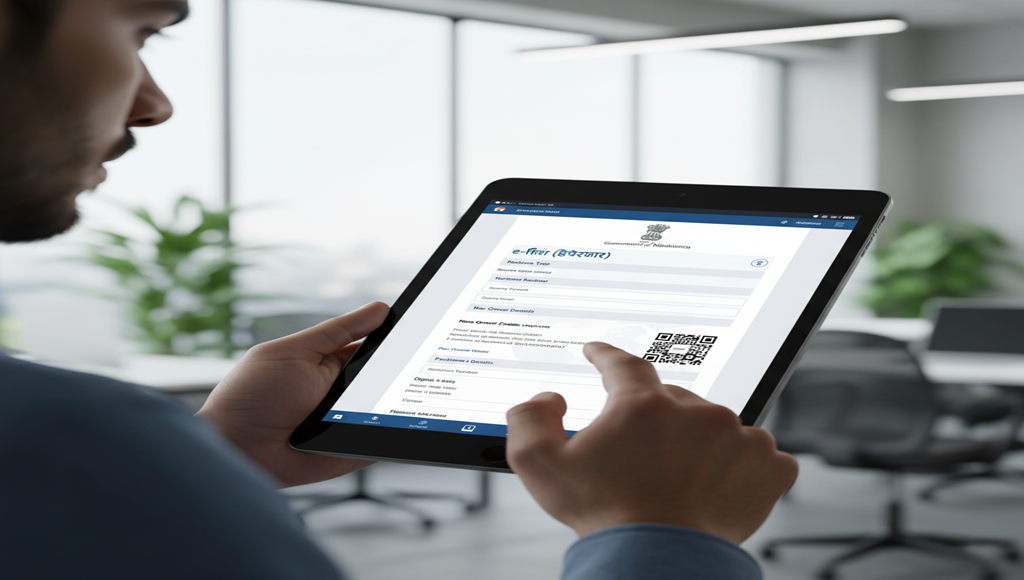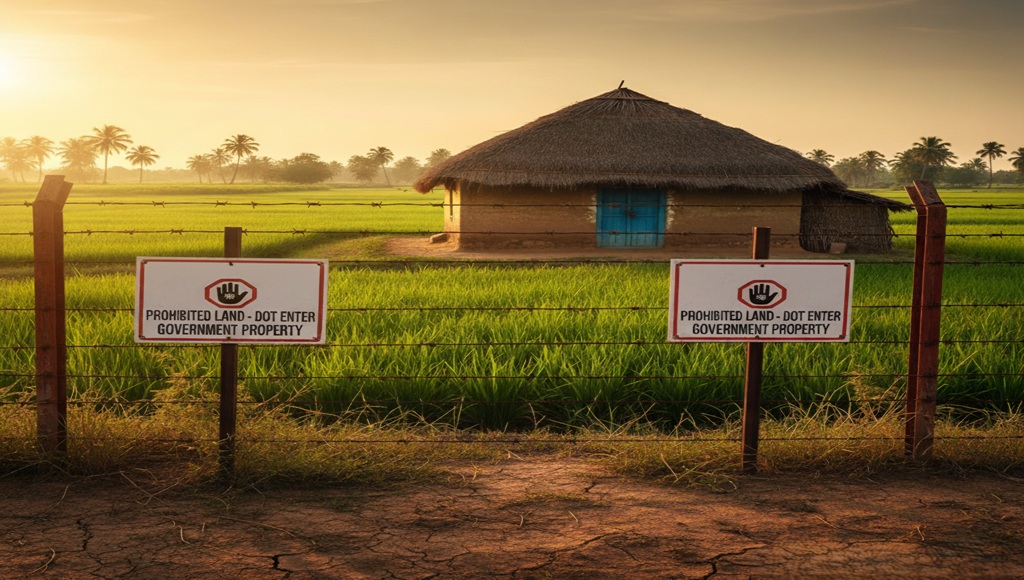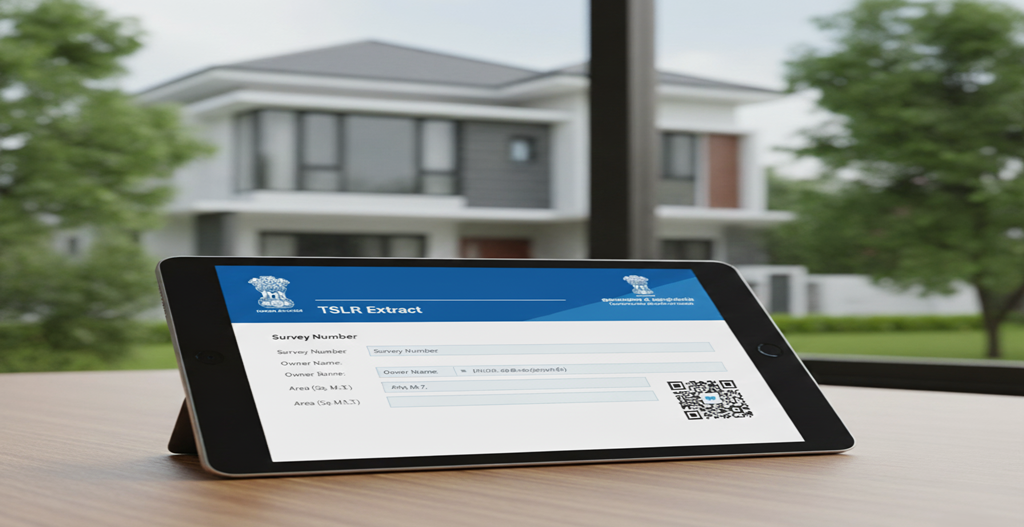What is e-Ferfar in Maharashtra?
The e-Ferfar in Maharashtra (also known as e Ferfar, Ferfar online, or Mahabhulekh e-Ferfar) is a digitally signed mutation record that officially records changes in land ownership. It is maintained by revenue authorities through the Talathi office and serves as the government-approved Mutation Register for updating land records after sale, inheritance, gift, or court orders.
Key Features and Use Cases of e-Ferfar in Maharashtra
- After sale or purchase of land or property
- On the death of a landowner and legal heir transfer
- For gift deeds, wills, or inherited land
- After partition of ancestral property
- Following court decree or government acquisition
- When land is mortgaged or released from a loan
- Online application without visiting Talathi office
- Faster approval and real-time status tracking
- Reduces errors and risk of fraudulent transfers
How to Apply for e-Ferfar Online in Maharashtra
You can download e-Ferfar easily through mypatta, without visiting any revenue office.
Steps to Download e-Ferfar Online
- Open mypatta and log in or sign up.
- Download the app:
- Select Maharashtra and tap on e-Ferfar.
- Enter District, Taluka, Village, and Mutation/Ferfar Number.
- Tap Search.
- Once available, view, download, save, or share the PDF.
Why mypatta is India’s Most Trusted Platform for Property Title Verification
- 🧑🤝🧑 Trusted by 4 Lakh+ customers across India
- 📥 70 Lakh+ property documents successfully delivered
- 🛡️ mypatta Guarantee – Guaranteed delivery or 100% refund
Difference Between e-Ferfar and 7/12 Extract (Satbara)
The 7/12 Extract (Satbara) shows the current owner’s name, land area, crop details, and land type. The e-Ferfar records ownership changes and updates the 7/12 with the new owner’s name after mutation approval.
Frequently Asked Questions (FAQs)
1. Is mutation (e-Ferfar) mandatory after property purchase?
Yes. Without mutation, the buyer’s name will not appear on 7/12 or 8A land records.
2. Will the new owner’s name appear on the 7/12 Extract?
Yes. After approval, the updated owner details reflect on both 7/12 and 8A extracts.
3. What does Ferfar mean in land records?
Ferfar means mutation—updating ownership details after sale, gift, inheritance, or court order.
4. Can I apply for e-Ferfar without a registered sale deed?
No. A registered sale deed or legal ownership document is mandatory.
5. What happens if mutation is not done?
Your name will not appear in official records, causing issues with loans, tax, or resale.
Key Takeaway
- e-Ferfar legally records land ownership changes
- Ensures the 7/12 Extract shows the latest owner
- Keeps government land records accurate
- Mandatory for loans, resale, and legal safety


